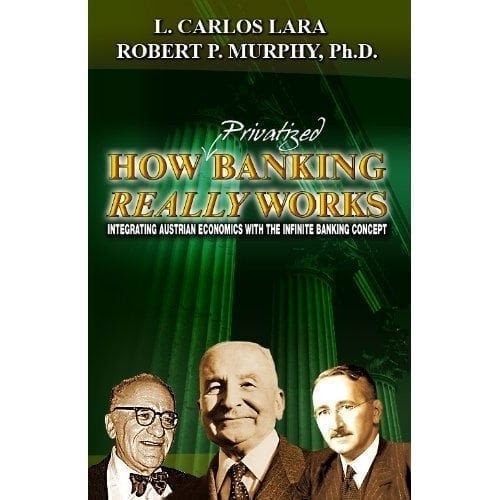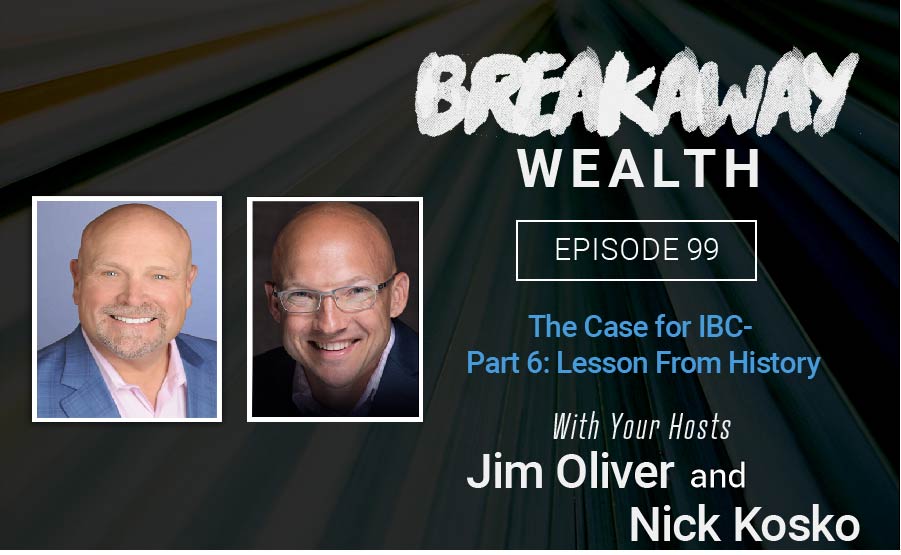The Case for IBC - Part 6: Lessons From History
Join Jim Oliver and Nick Kosko as we continue our exploration of late R. Nelson Nash’s, “The Case for IBC”. In this episode we look at chapter 6, Lessons from History, and discuss how our understanding and use of money has been altered through the years.
A Timeline of Money in the United States
Under the Bretton Woods System, gold was the basis for the U.S. dollar and other currencies were pegged to the U.S. dollar’s value.
- 1933- During the Great Depression, FDR required Americans to turn in their gold
- 1971- Nixon officially took the U.S. off the gold standard
- Fiat Money (backed by nothing) vs. Gold Standard (money backed by physical gold
- 1974- ERISA (The Employee Retirement Income Security Act) → IRA —> 401K
- Designed to protect the banks and wall street, but what about the consumer?
- Gave up control of your money to other people.
- 1979- Universal life was first introduced to the market by E.F. Hutton
- 1980’s- People started moving money from whole life insurance to wall street and 401K’s because employers and companies were incentivized with tax breaks to transition.
- 1986 Tax Reform Act- Changed life insurance forever by introducing the Modified Endowment Contract (MEC)
- Put a minimum and maximum that you can pay into your insurance policy (the minimum is set by the insurance company, the maximum is set by the government.
- This was created because there was concern too many wealthy Americans were using their policies to minimize their tax bills instead of using it for the intended death benefit it that it was designed for.
- Riding the MEC line keeps your policy as efficient as possible.
“If you are making an uncommon amount of money, why would you want to do common things with it?”
Books Mentioned in This Episode:



Follow along with Jim and Nick in this series on YouTube!
